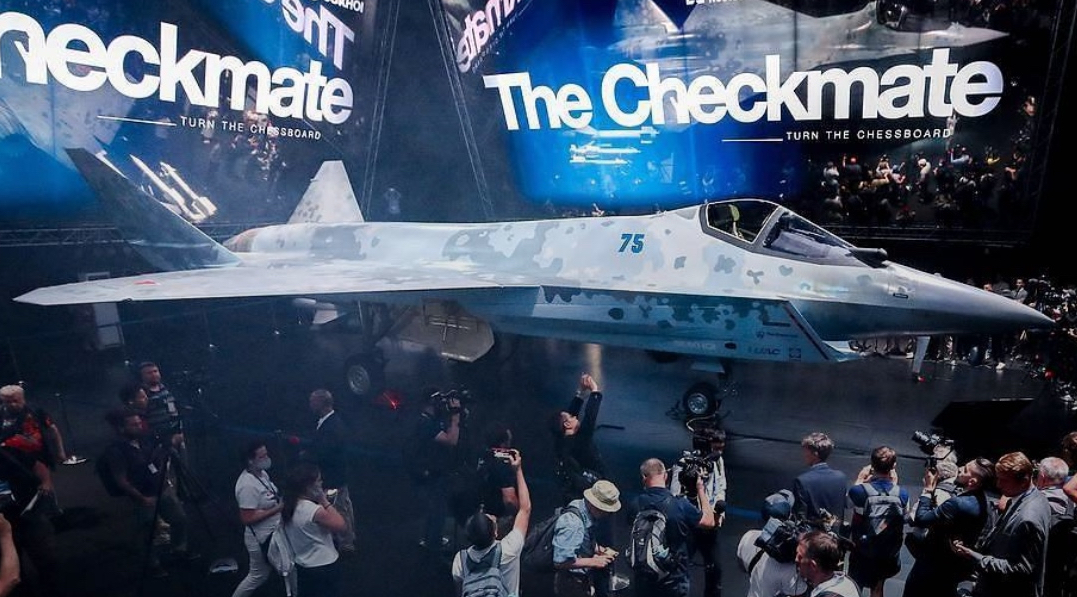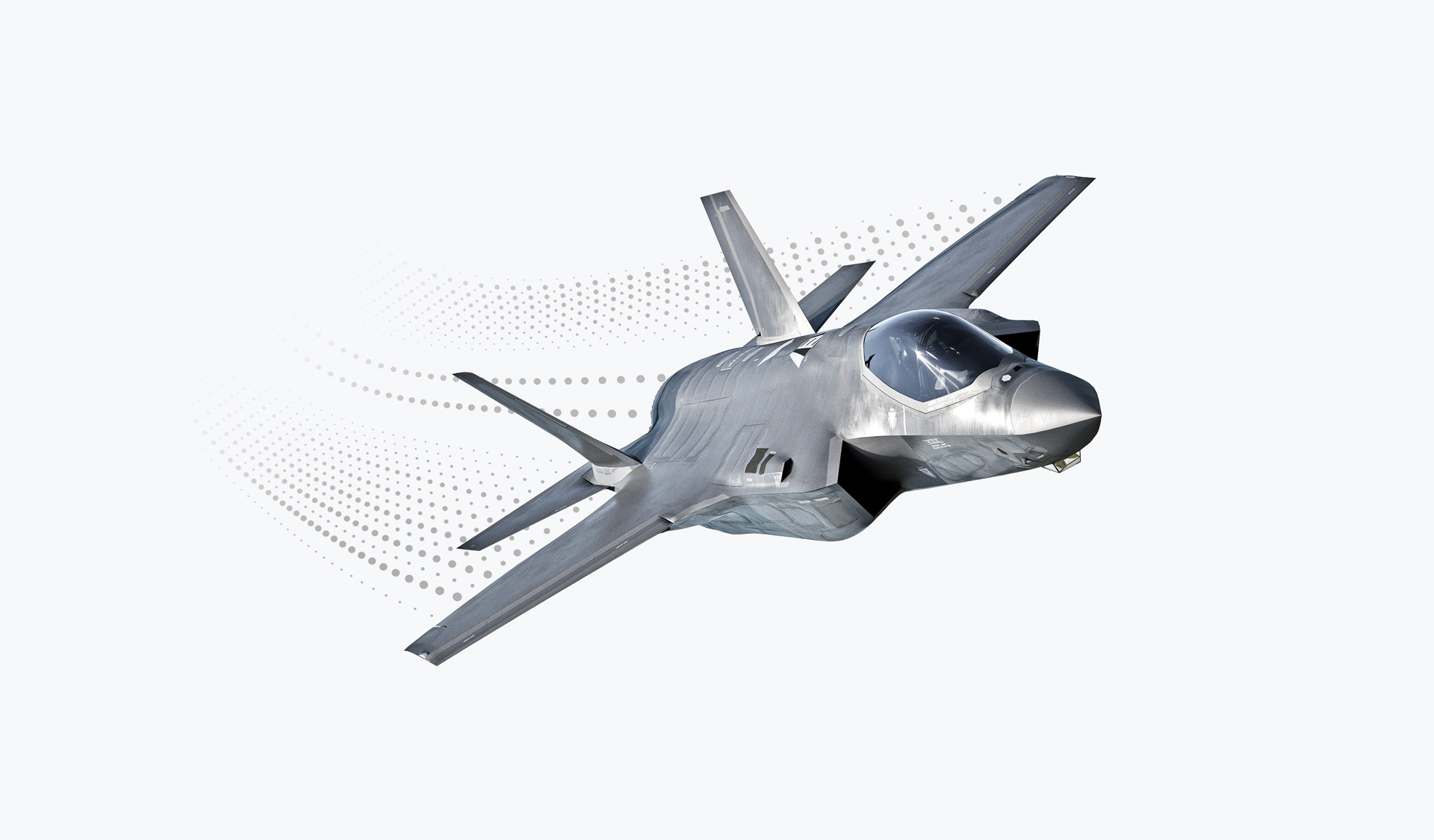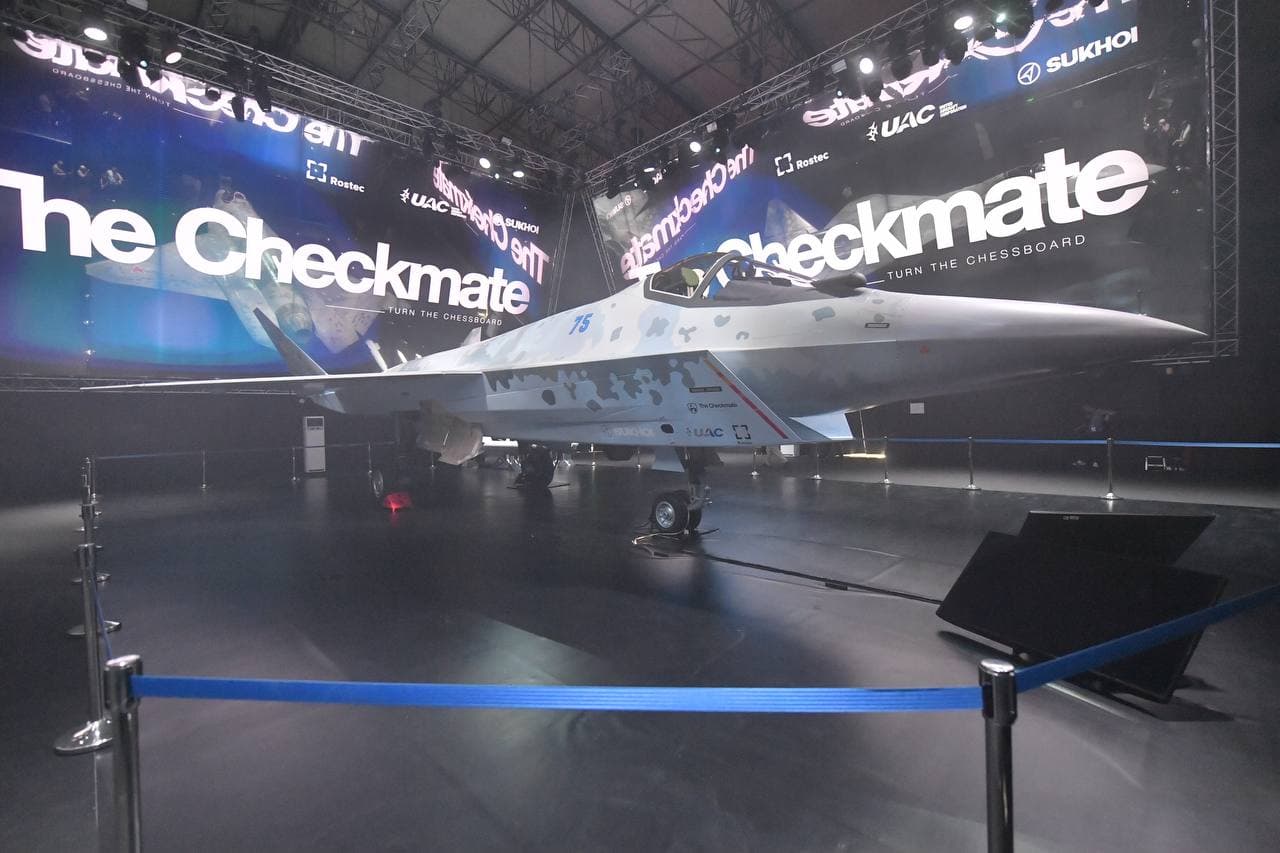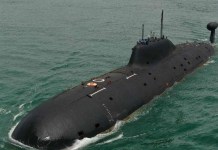A flight hour of Russian fifth-gen fighter aircraft Checkmate will be seven times cheaper than that of its main competitor, the American F-35, Sergey Chemezov, chief executive officer of Rostec Corporation, said in an interview with the French newspaper Le Figaro.
“Among single-engine fifth-generation aircraft and machines of previous generations, only Checkmate’s main competitor, the F-35, can boast comparable characteristics. However, unlike the latter, our aircraft is more economical. Let me remind you that the cost of a Checkmate flight hour is seven times lower than that of the F-35,” Chemezov said.
The head of Rostec said that Checkmate’s main advantages include stealth, modern radar with a phased-array antenna, as well as the ability to adapt the machine to the needs of a particular customer.

Checkmate will premiere overseas at the Dubai Airshow 2021 from November 14-18. The prototype of the Sukhoi Su-75 Checkmate was unveiled at the 2021 MAKS air show.
During the design work on the prototype, the developments on the Su-57 fighter were used. Externally, they also look similar. However, Checkmate is expected to be significantly easier to fly thanks to its single-engine propulsion.
The aircraft is equipped with the latest avionics and the ability to control small unmanned aerial vehicles. The armament will be placed in special compartments inside the fuselage. The Su-75 is able to reach speeds of up to 1,900 kilometers (1,180 miles) per hour. It has a combat radius of 3,000 kilometers.
Checkmate will be constructed at the Komsomolsk-on-Amur Aircraft Plant. Its maiden flight is scheduled for 2023. Series production is expected to begin in 2025.
The serial production of Russia’s Su-75 Checkmate fighter jet could be started in 2025-2026, Deputy Prime Minister Yuri Borisov had stated earlier during the Oil and Gas Forum in the western Siberian city of Tyumen.
“As far as I remember, flight tests will start in 2023, the serial production in case of demand – hopefully, there will be demand because this plane has a number of features of a fifth-generation jet … – will start in 2025-2026, I think this is a realistic timeframe,” Borisov said.

From his point of view, in case of a serious delay in the launch of the serial production the Checkmate fighter will not be in demand on the markets where US and Chinese planes are represented.
The new Russian single-engine fighter Checkmate has high export potential in the Latin American, Asian and Middle Eastern markets due to its low costs and high combat effectiveness, Chemezov had stated earlier hs year.
Killer Robots: Watch How AI-Programmed Military Robots Could Make Human Soldiers Completely Obsolete
“Certainly, light-attack aircraft Checkmate has high export potential. The aircraft is capable of solving every task set by the customer, including effectively destroying land and sea targets, as well as fighting for air supremacy with numerically superior forces,” Chemezov said, noting that the fighter would be of special interest to clients from the Middle East, Asia-Pacific region and Latin America.
According to the Rostec head, the aircraft has low visibility, high flight performance and is equipped with advanced avionics. The Checkmate also boasts the most spacious internal weapon bays in its class and is highly customizable.
The fighter can carry up to five air-to-air missiles of various ranges and other aviation weapons in an inconspicuous configuration. It can further be used as a base for an unmanned aerial vehicle with similar characteristics.
The maximum combat load of the new light fighter is 7,400 kilograms (16,314 pounds), while the flight range without external fuel tanks is 2,900 kilometers (1,800 miles), Chemezov noted.
At the same time, the aircraft has low maintenance costs due to an automated logistics support system, which allows to train personnel and plan component deliveries beforehand.
- Via Sputnik News Agency
- Mail us at: edesk@eurasiantimes.com
- Follow EurAsian Times on Google News





